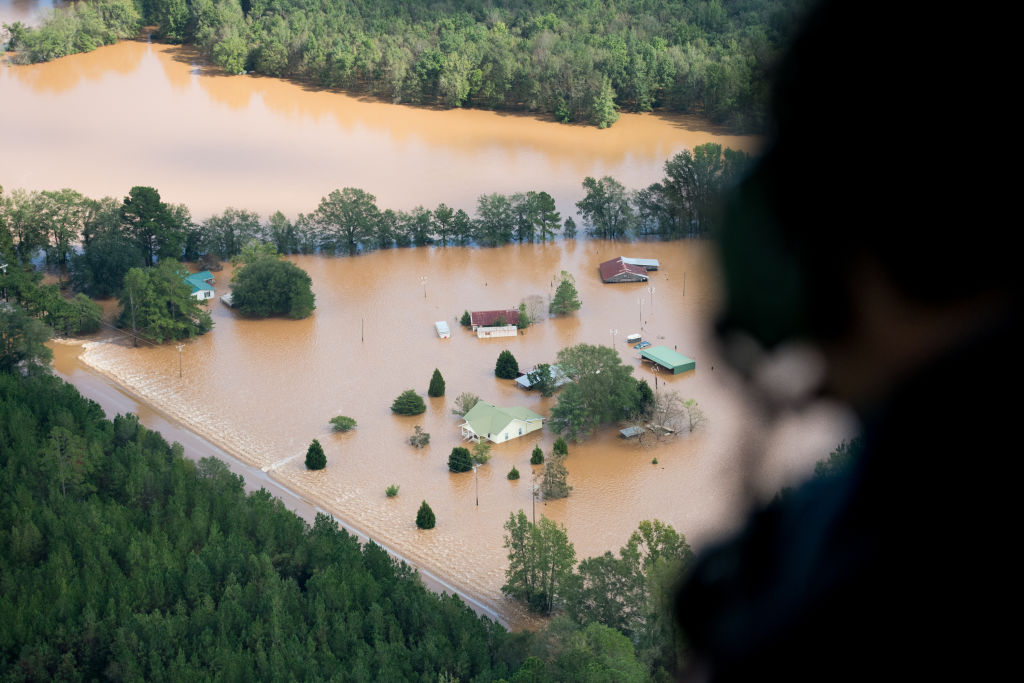Hurricane Florence has broken rainfall records since it made landfall late last week, dumping more than 35 inches of rain in some areas of North Carolina.
Since hurricanes are classified by wind speed, Florence’s downgrade to a tropical storm after it reached land didn’t mean any relief from devastating amounts of rain that caused rivers in the Carolinas to spill over into nearby communities.
State, weather, and military officials, as well as news organizations, have used aircraft to capture images to monitor the storm’s damage. Take a look at the water that officials say is still rising.
As the storm moved on but flooding continued, the National Oceanic and Atmospheric Administration used remote-sensing cameras on an aircraft to capture a series of images of the storm’s damage.
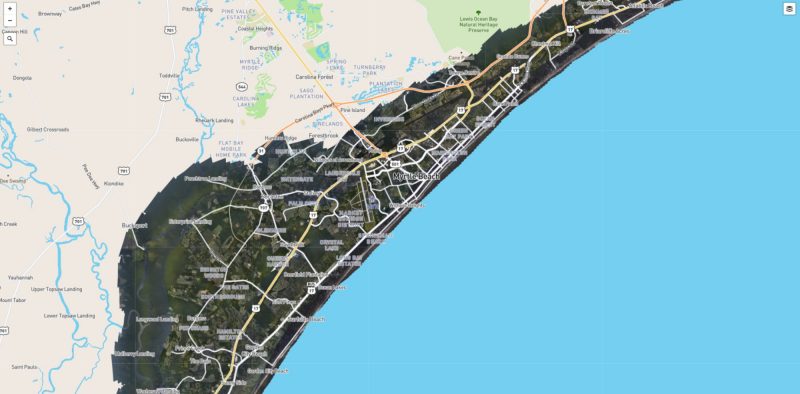
As of Tuesday afternoon, the map included the edges of coastal communities from South Carolina to Virginia.
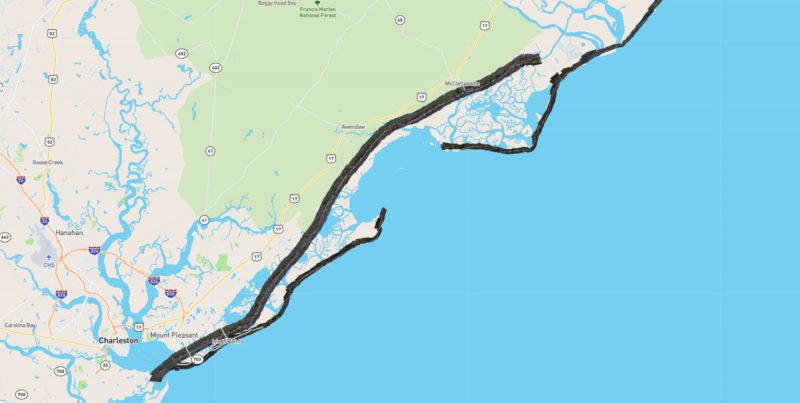
Explore the full interactive map »
Since the storm's retreat, photographers, state officials, and thousands of US troops have also surveyed the extent of flooding, capturing specific looks at dramatic floods.

Source: Washington Post
About 70 miles from Myrtle Beach, the community of Dillon, South Carolina, was in Florence's path and experienced heavy flooding.
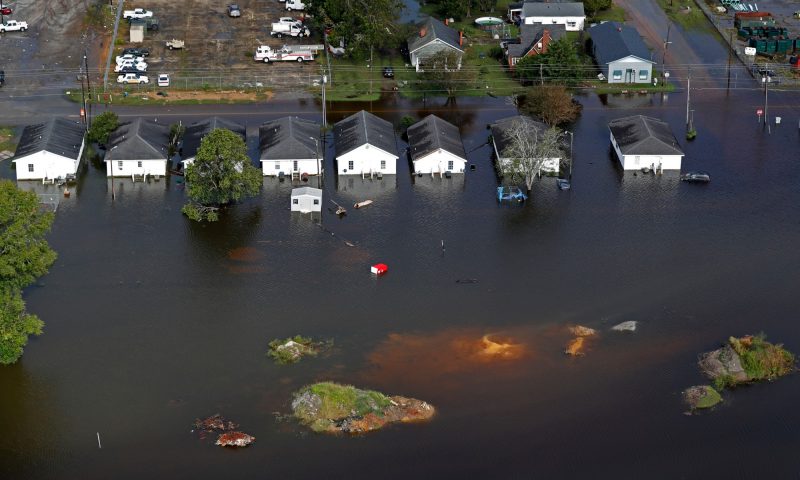
In New Bern, North Carolina, rescue officials used boats and rafts to rescue 455 people trapped in their homes by floods over the weekend.
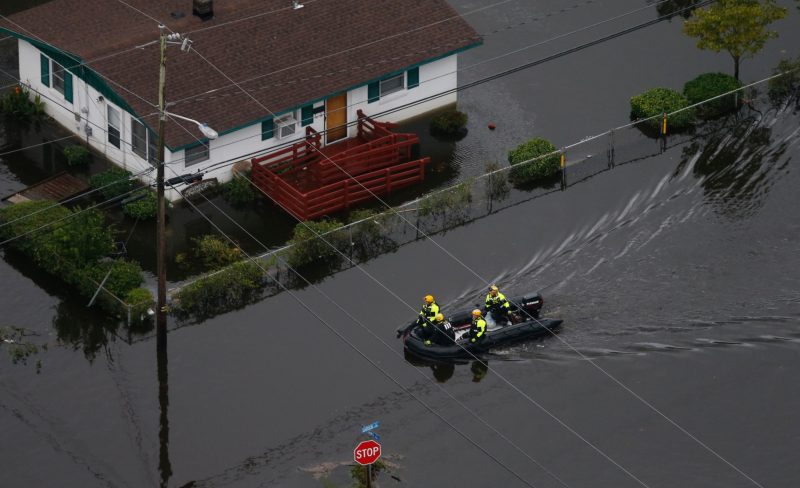
Source: Business Insider
Officials in the Carolinas warned that the storm's lower wind speeds and lessening rainfall shouldn't be interpreted as a weakened threat, as rising floodwaters are still the biggest danger.
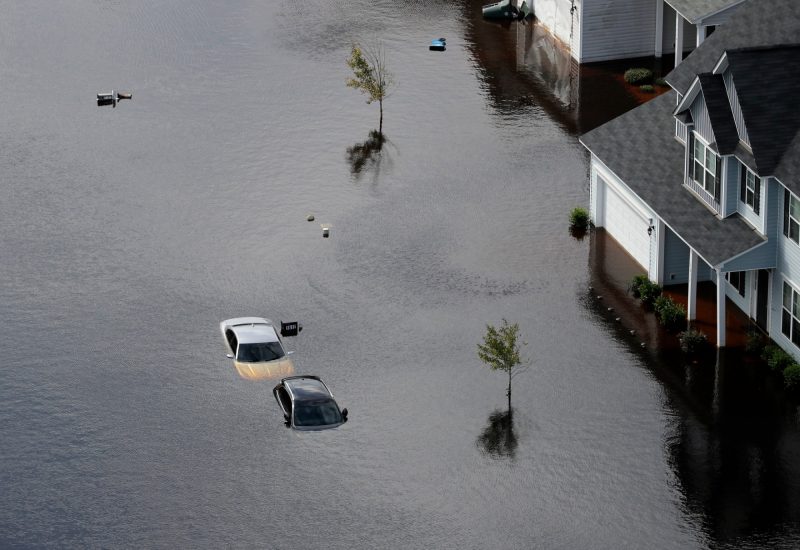
Source: Business Insider
After only a few days on land, the storm has left at least 32 people dead and knocked out power for more than 1 million residents.
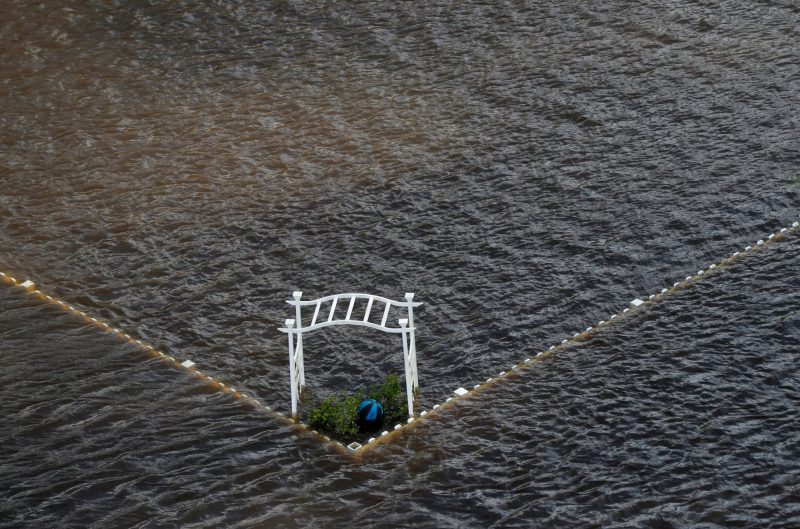
Source: NPR
The runways at Curtis L. Brown Jr. Field in Elizabethtown, North Carolina, were still surrounded by floodwaters on Monday.
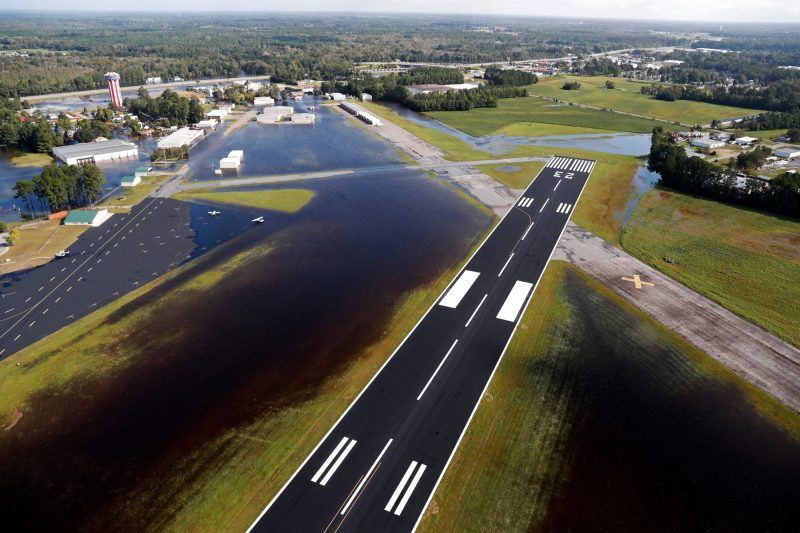
Planes were left stranded in the water.

Stretches of Interstate 95 were closed — if not underwater — in North and South Carolina.

Source: Post and Courier
By Tuesday, the North Carolina Department of Transportation was still advising drivers not to travel along many stretches of I-95 and I-40 in the southeast corner of the state.
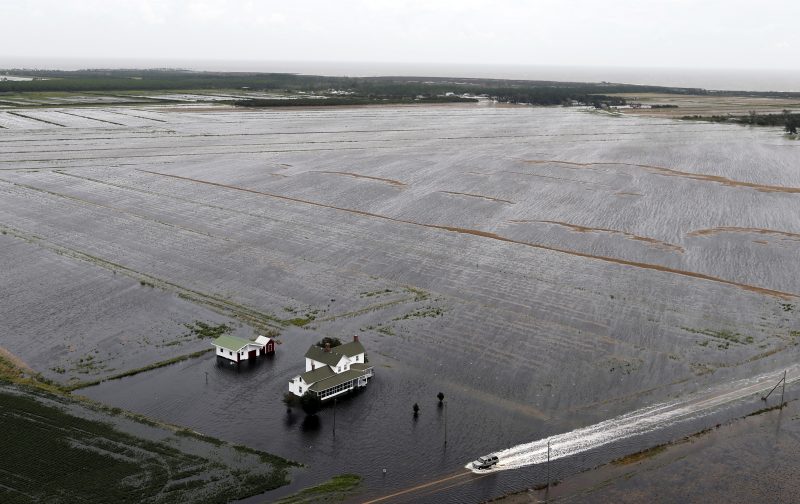
Source: NCDOT
Floodwaters also swallowed low-lying train tracks in Dillon, where rivers are approaching record flood stages. Officials say their levels could continue to rise through the week.
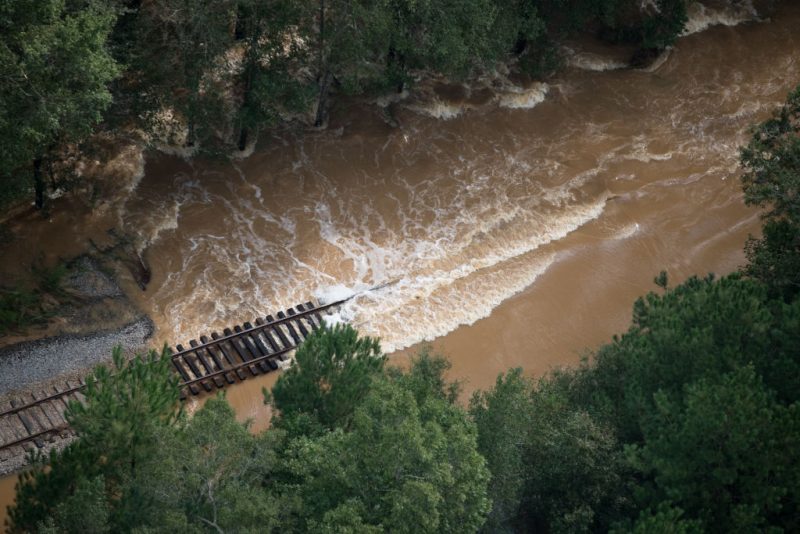
Source: SC Now
Also seen surrounded by water was the Rock Hill Missionary Baptist Church in Lumberton, which also weathered Hurricane Matthew in 2016.
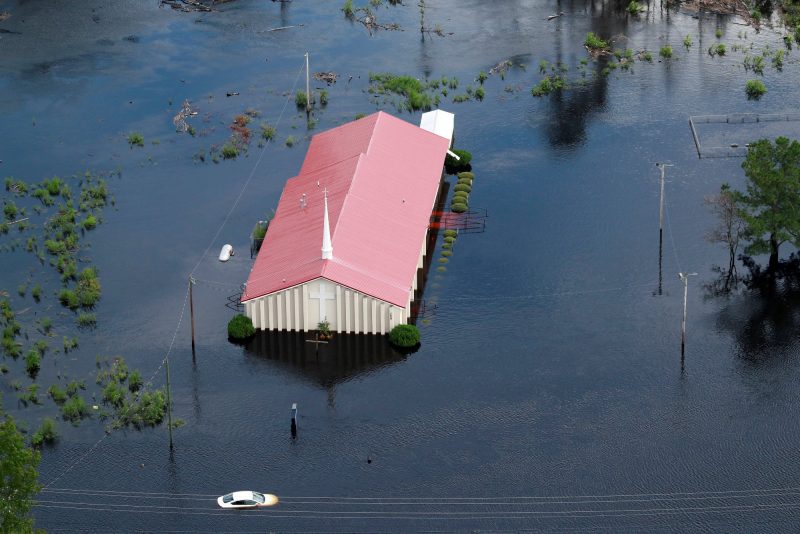
Source: CNN
The combination of rising rivers and rainfall in Lumberton caused officials to warn that the worst flooding is yet to come.

Source: CNN
This wastewater-treatment plant in Marion, South Carolina, was just above water on Monday.

Heavy rains flooded a cemetery in Marion after Florence was downgraded to a tropical depression.
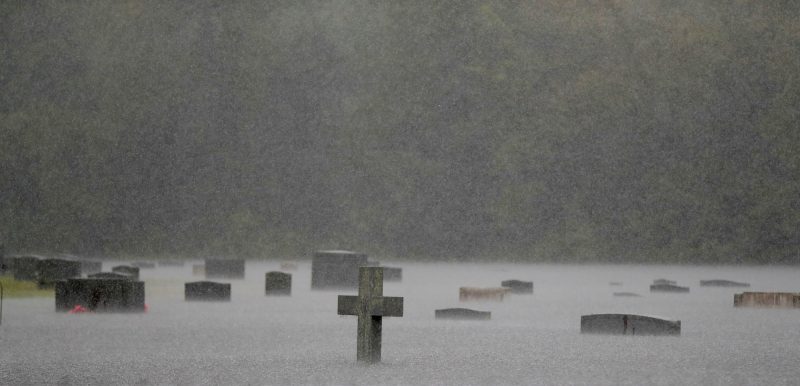
It will most likely take weeks or months to clean up all the damage Florence left behind.
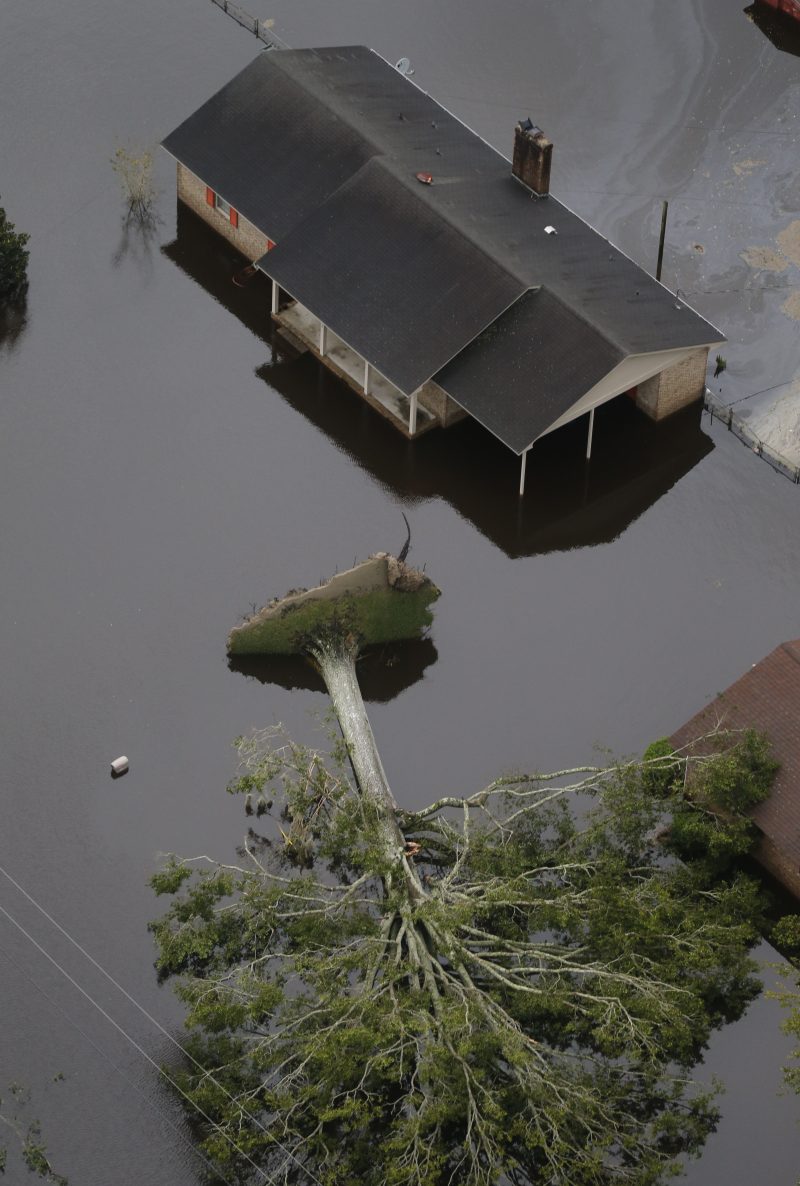
Source: WIS-TV

